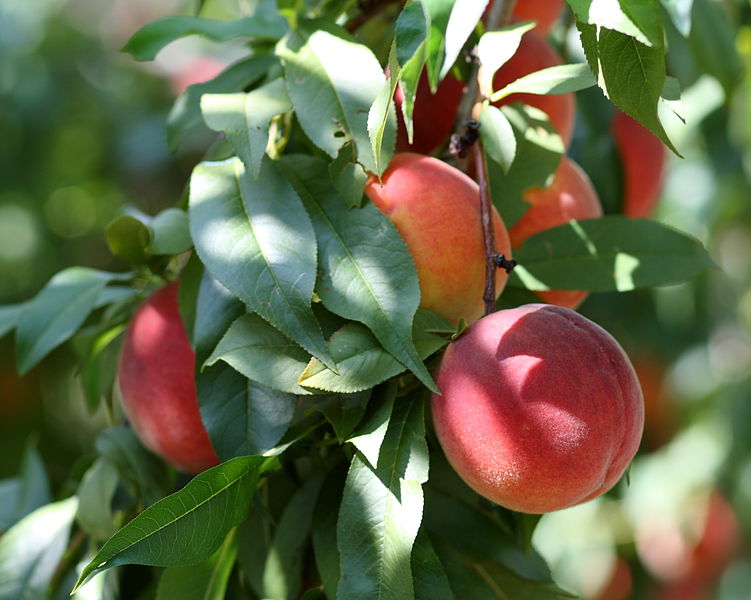An article published this week in the Highlands Today newspaper shared that Between November and May each year, Florida produces about 300 agricultural commodities that are sold across the U.S. and in more than 120 countries around the world. This has been supported by the state’s Department of Agriculture and Consumer Affairs and the Fresh from Florida initiative that began in 2004. In the last decade, crops that have doubled in production, and in some cases tripled, include blueberries, strawberries and watermelon.
Florida ranks seventh among all states in the United States with agriculture. Each year, Florida exports $3.1 billion in agriculture products to 140 countries around the world. There are over 47,500 farms spanning Florida and the average farm is 195 acres. These farms and agriculture related businesses produce 1.35 million jobs and 250 different commodities, making it one of the most diverse production agriculture states in the nation.
So what does 2014 look like?
According to the Highlands Today article, at the start of 2014, several of Florida’s new crops represent the latest wave of opportunities for growers. And because of its optimal growing conditions for most of the year, central Florida is uniquely poised to take advantage of those opportunities. One of the most promising opportunities is peaches.
Fresh Plaza publication reports that Florida orange growers whose groves have been stung by disease and pests are turning to peaches to diversify, sowing seeds of what could become Florida’s next big crop. Today, peaches are where blueberries were in Florida ten years ago, but the University of Florida/IFAS has developed new cultivars optimized for growth across central Florida and beyond. Several hundred citrus groves have already been converted to peaches.
With the new products and change, what do you think will happen to the famous Florida orange? Please share your thoughts in the comments below.



